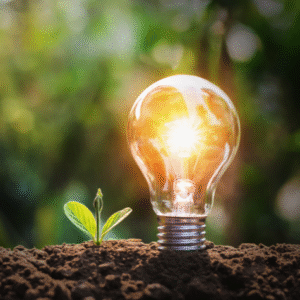The World Bank has approved a new project to enhance Mongolia’s electricity grid reliability and security while supporting the country’s transition to a low-carbon energy future. The Fourth Energy Sector Project will focus on increasing the capacity and reliability of the Central Energy System’s transmission grid and promoting the integration of renewable energy sources. The initiative aligns with Mongolia’s New Recovery Policy and Government Action Plan for 2024–2028 and aims to strengthen the sustainability of the country’s electricity system while supporting inclusive economic growth and job creation.
The project includes the construction of a 220 kV transmission line from Mandal Substation to the new Uvurkhangai Substation, the expansion and development of substations in Mandalgovi, Arvaikheer, and Bayankhongor, and associated 110 kV connection lines. These upgrades are expected to improve access to reliable electricity for approximately 200,000 people in Mongolia’s Central and Western Regions. The increased transmission capacity of over 590 MW is projected to reduce electricity outages by about 50 percent and enable the integration of around 150 MW of wind and solar power into the grid. Climate-resilient design measures will also enhance the durability of the infrastructure.
Backed by US$78 million from the World Bank’s International Bank for Reconstruction and Development, the Fourth Energy Sector Project is part of the Accelerating Sustainable Energy Transition Multi-Phase Programmatic Approach, which aims to scale up renewable energy deployment and grid integration across East Asia and the Pacific. The project demonstrates Mongolia’s commitment to a reliable, sustainable, and low-carbon energy future while fostering regional development and energy security.






